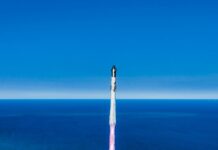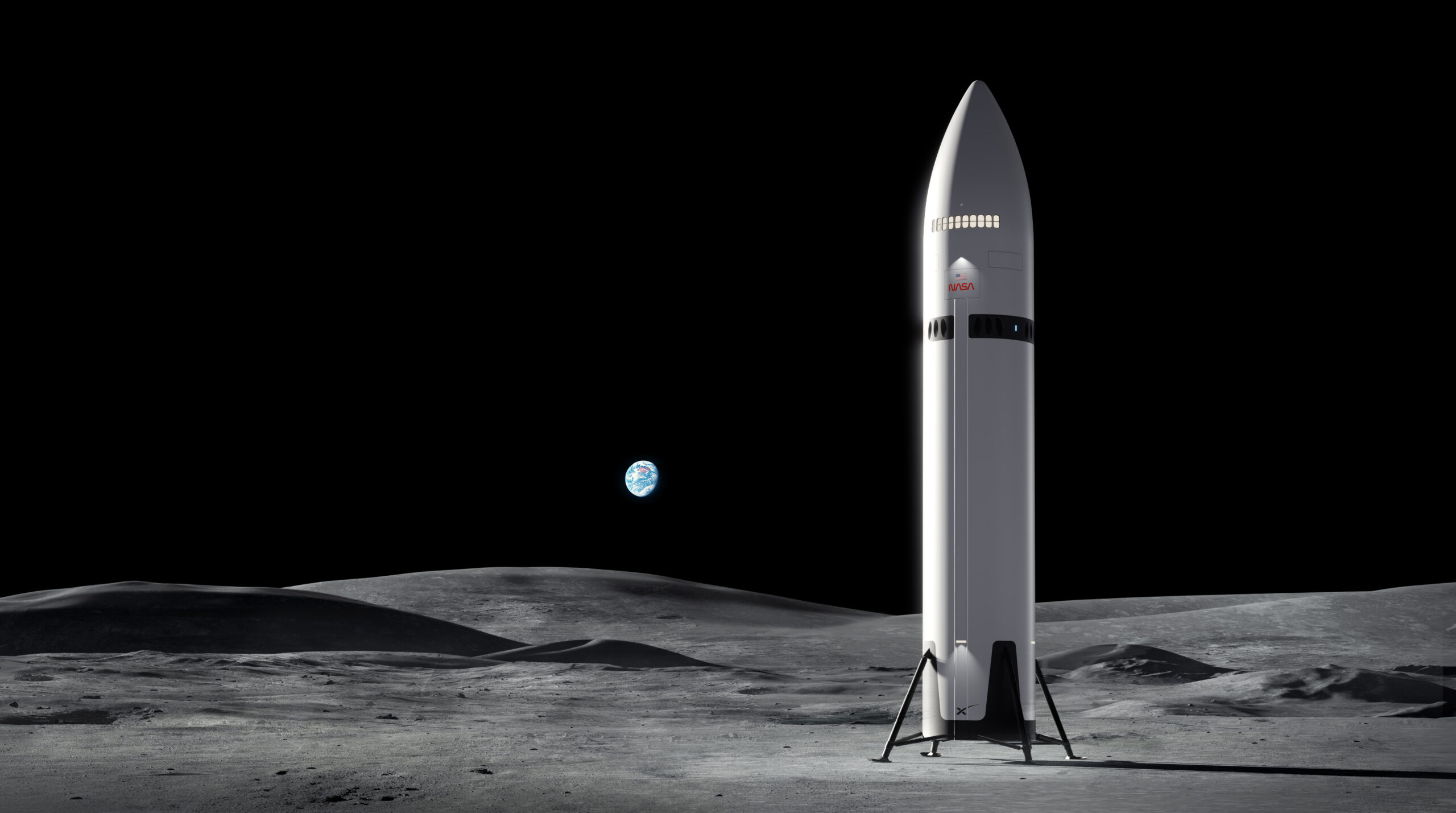NASA is collaborating extensively with the U.S. private sector to advance the development of human landing systems, which are crucial for safely transporting astronauts from lunar orbit to the Moon’s surface and back. This effort is a significant part of NASA’s Artemis program, which aims to return humans to the Moon and establish a sustainable human presence there.
The Artemis III Mission and SpaceX’s Role
One of the most anticipated missions under the Artemis program is Artemis III, which marks the first time in over half a century that humans will set foot on the lunar surface. For this mission, NASA has partnered with SpaceX to develop the company’s Starship Human Landing System (HLS). Artist impressions of this futuristic spacecraft illustrate how the Starship HLS will connect with NASA’s Orion spacecraft once it reaches lunar orbit. From here, two astronauts from the Artemis crew will transition from the Orion module into the Starship. This vehicle will then facilitate their descent onto the Moon’s surface.
During their stay, the astronauts will engage in several scientific activities. They will gather samples of lunar soil and rocks, conduct scientific experiments, and closely study the Moon’s environment to gain insights that could help future missions. Once their tasks are complete, the Starship will return the astronauts to the Orion spacecraft, which will be stationed in lunar orbit. An important step before the crewed Artemis III mission takes place will be an uncrewed landing demonstration by SpaceX, designed to validate the performance and safety of the Starship lander.
Advancing the Starship for Future Missions
In preparation for future missions, such as Artemis IV, NASA continues its collaboration with SpaceX to enhance the capabilities of the Starship lander. This involves meeting an extended set of requirements, which includes the ability to transport a larger payload to the Moon. Another key objective is ensuring that the Starship can dock seamlessly with NASA’s Gateway lunar space station, which will serve as a critical hub for astronauts traveling between Earth and the Moon.
The Gateway is poised to be an integral part of NASA’s lunar exploration strategy. It will not only facilitate the transfer of crew and cargo but also offer a platform for scientific research and technology demonstrations. The enhanced Starship lander will need to demonstrate robust capabilities to interface with this lunar outpost, further cementing its role in future deep-space missions.
The Broader Vision of the Artemis Program
NASA’s Artemis program is designed to push the boundaries of human exploration further than ever before. By exploring more of the Moon’s surface, NASA aims to gain a deeper understanding of our celestial neighbor and develop the technology and expertise necessary for future human missions to Mars. This endeavor involves a suite of sophisticated technologies and systems, including NASA’s Space Launch System (SLS) rocket, exploration ground systems, and the Orion spacecraft.
In addition to these, the program also relies on the development of next-generation spacesuits, the Gateway lunar space station, and futuristic lunar rovers. These components together form the backbone of NASA’s aspirations for deep space exploration, providing a framework for living and working in environments far removed from Earth.
Additional Insights and the Path Forward
For those interested in deeper technical details and the latest updates on the Human Landing System, NASA provides resources and information on their official website. These include insights into the engineering and design challenges faced by the teams working on these pioneering projects, as well as the innovative solutions being employed to overcome them.
The Artemis program has sparked considerable interest and excitement within the scientific community and the general public. Many experts view this initiative as a pivotal step in human space exploration, with the potential to unlock new discoveries and expand our understanding of the universe. The collaboration between NASA and private industry partners like SpaceX is seen as a model for future endeavors, combining the strengths of both sectors to achieve ambitious goals.
As the Artemis missions progress, the world will be watching closely, eager to see humans return to the Moon and take the next giant leap towards Mars. Through these efforts, NASA aims to inspire a new generation of explorers, scientists, and engineers, fostering a spirit of curiosity and innovation that will drive humanity’s quest to explore the cosmos.
For more detailed information and updates, you can visit NASA’s dedicated page on the Human Landing System: NASA Human Landing System.
By understanding NASA’s Artemis program and the significant strides being made, readers can appreciate the complexities and triumphs of modern space exploration. Through continued collaboration and innovation, these missions hold the promise of expanding our horizons and reshaping our understanding of the universe.
For more Information, Refer to this article.

































